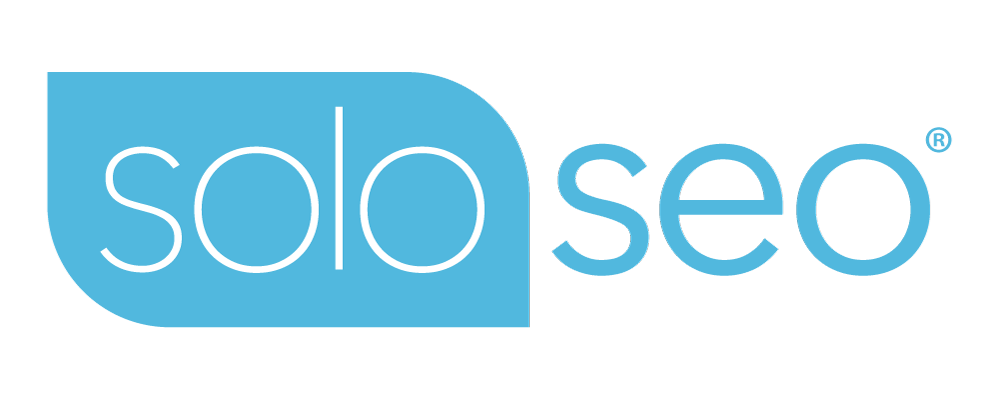When you were a kid, did you ever have one of these transformers? I had several transformers and even loved watching the cartoon. A transformer, like Optimus Prime, would be a semi-truck at first, but then you could move the pieces around and make it into a robot machine. The tagline for Transformers was, “Transformers, More than Meets the Eye”. Your keywords, just like the toy, contain more than meets the eye.
Often we approach our keywords simply as a pool of words that people use just to find our product or services. We get caught up in using keyword tools that will find any version of our keyword ever typed in, jumping at a new phrase that we might find, and then plugging it into a PPC campaign or a new page of content. But are you overlooking the “intention” of why your potential customer is using that keyword? The range of intentions of your customers are vast, but perhaps we can break them down into three categories:
1. Ready to Buy. I know what I want, I just need to get it.
2. Comparison shopping. I am trying to compare services/products, including features, price, warranty, etc.
3. Just curious. I found your product and am just looking to see what it was, but I’m not buying it right now.
Then within these categories, your customers are going to be concerned with any of the following, or in any combination thereof:
– Cost
– Quality
– Benefits
– Features
– Warranty/Guarantee
– Are other people using it? Do they like it?
Understanding your keywords and what the overall intention of the keyword is can help you direct your PPC advertising as well as your search and content optimization. If you know the intention of a keyword, why not write your content (on your keyword’s ranked/targeted page) focused on its intention?
Let’s take an example. Let’s say a customer is looking for some content for her website, and you have a content company. The customer could do several searches, depending on her needs. Let’s keep it down to three:
1. content for my website
2. seo content
3. cheap content
The trick is that each of these keywords can mean different things to different people. What you want to do is to identify the most common intention, the reason why most people would use this keyword.
content for my website
This one is pretty general. If it was my company and I was running an ad or trying to write a page focused on this phrase, I would consider the intention not to be at a “ready to buy” point, but not just curious either. The customer doesn’t necessarily tell you they are looking for unique content, fresh content, seo content, free content, etc. So I would tell them about different types of content, what kind of content is best for different needs, and what you an provide to them.
seo content
Already you know your customer knows what SEO is, and that they see the importance of content. They are probably more ready to buy than just curious, and they are probably also comparing content companies (otherwise they might have typed in the name of a company, group, or writer). Your content should focus on the SEO part, about “optimized content” and keeping your content fresh and updated on your site. Maybe include (or link out to other articles on your site) about how to optimize title and header tags. Make your pitch match the intention of the keyword.
cheap content
This keyword obviously tells you your customer is looking for something economical. Focus your content on not only the affordability of your content, but also the long term benefits of content for a site (good content can easily pay for itself quickly for many products/services). You could also warn your customer about what to watch out for when comparing with other content companies and detail the problems with using free content and articles.
How disappointing it would be (instant back button) to search for a phrase and find something so generic that it doesn’t fill any needs or fill any knowledge gaps. Your customers are expecting to find what they are looking for, why not give it to them?
Take some time to look at your keywords in more depth, and even categorize them by their intentions. Then match up your content with your keywords and see if the content covers the needs of the intention of the keyword. The benefits of this is that your customer will have filled her present needs, and this has a positive impact on her feelings toward your business/website.
And don’t forget that SoloSEO has tools to organize your keyword lists by category or topic, and to assign keywords to your content pages, making this a much easier process. Try a 2-week free trial of SoloSEO.



